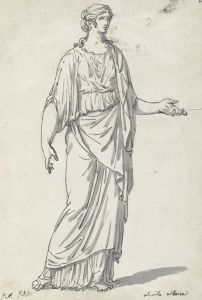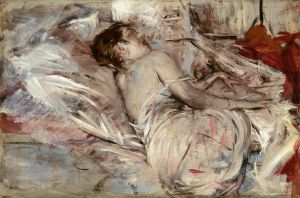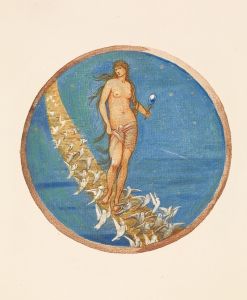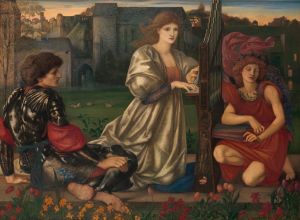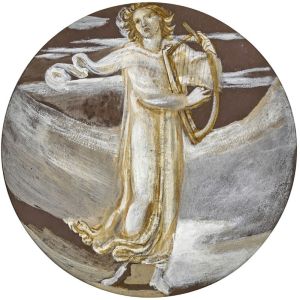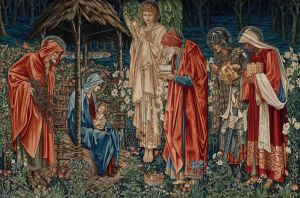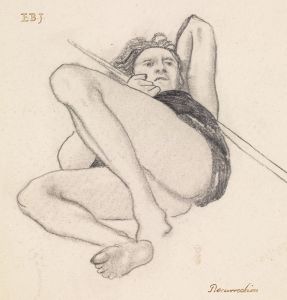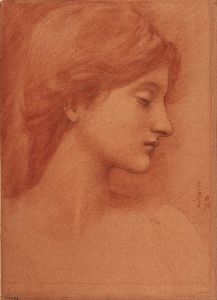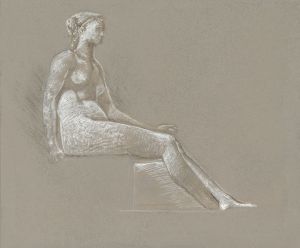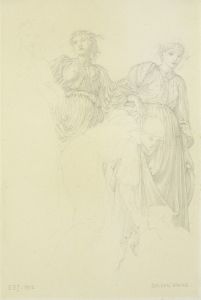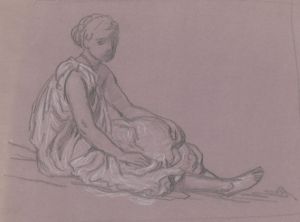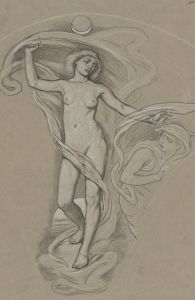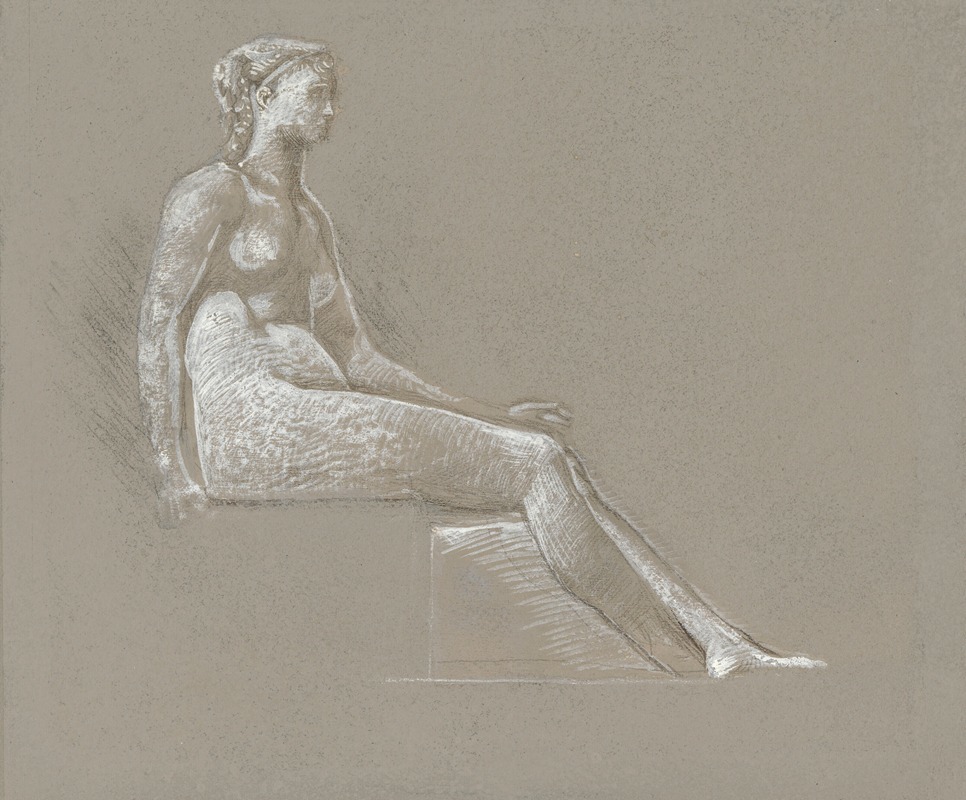
Female nude study
A hand-painted replica of Sir Edward Coley Burne-Jones’s masterpiece Female nude study, meticulously crafted by professional artists to capture the true essence of the original. Each piece is created with museum-quality canvas and rare mineral pigments, carefully painted by experienced artists with delicate brushstrokes and rich, layered colors to perfectly recreate the texture of the original artwork. Unlike machine-printed reproductions, this hand-painted version brings the painting to life, infused with the artist’s emotions and skill in every stroke. Whether for personal collection or home decoration, it instantly elevates the artistic atmosphere of any space.
"Female Nude Study" is a drawing by the British artist Sir Edward Coley Burne-Jones, who was a prominent figure in the Pre-Raphaelite Brotherhood, a movement that sought to return to the detail, intense colors, and complex compositions of Quattrocento Italian art. Burne-Jones was known for his romantic and often mythological subjects, and his works frequently featured idealized, ethereal figures.
This particular study is a fine example of Burne-Jones's skill in rendering the human form with grace and sensitivity. The drawing depicts a female nude, captured in a pose that emphasizes the natural curves and lines of the body. The figure is rendered with delicate, precise lines, showcasing Burne-Jones's meticulous attention to anatomical detail and his ability to convey a sense of softness and fluidity in the human form.
Burne-Jones often used studies like this one as preparatory works for his larger paintings and stained glass designs. These studies allowed him to experiment with composition, pose, and anatomy before committing to the final work. The "Female Nude Study" reflects his deep understanding of the human body and his commitment to achieving a high level of realism and beauty in his art.
The drawing is executed in pencil on paper, a medium that Burne-Jones frequently employed for his studies. The use of pencil allows for a range of tones and textures, from the lightest, most delicate lines to deeper, more defined shading. This versatility is evident in the "Female Nude Study," where Burne-Jones uses subtle gradations of tone to create a sense of depth and volume.
Burne-Jones's work was heavily influenced by his close association with other members of the Pre-Raphaelite Brotherhood, including Dante Gabriel Rossetti and William Morris. His art also reflects his admiration for the medieval and Renaissance periods, which is evident in the idealized beauty and classical proportions of the figure in this study.
The "Female Nude Study" is not only a testament to Burne-Jones's technical skill but also to his artistic vision. It captures the essence of the Pre-Raphaelite ideal of beauty and the movement's emphasis on detailed, realistic representation. The drawing is a valuable piece of art history, offering insight into the creative process of one of the 19th century's most influential artists.
Today, Burne-Jones's works, including his studies, are highly regarded and can be found in major art collections and museums around the world. The "Female Nude Study" remains an important example of his contribution to the Pre-Raphaelite movement and his enduring legacy in the world of art.





